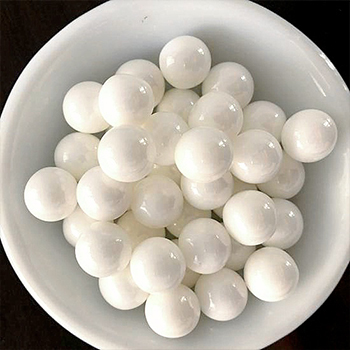
Exploring the Benefits and Uses of Kaolin White Clay in Various Applications
The Allure of Kaolin White Clay Nature’s Versatile Gift
Kaolin white clay, often referred to simply as kaolin, is a fine, white, and naturally occurring clay that has captivated industries and artisans alike for centuries. Renowned for its purity and unique properties, kaolin clay is a crucial raw material utilized in a variety of applications, including ceramics, cosmetics, pharmaceuticals, and even food processing. Its rich history and versatility make it a fascinating subject worthy of exploration.
Originating primarily from the weathering of granite, kaolin is primarily composed of the mineral kaolinite. The clay’s name is derived from the Chinese term “Gaoling,” which translates to “high ridge,” a reference to the location in China where this clay was first mined. Over time, its exceptional qualities have made it a coveted resource throughout the globe, leading to extensive mining operations in countries like the United States, Brazil, and Australia.
One of the most significant attributes of kaolin white clay is its fine particle size, leading to a smooth texture that is highly desirable in various applications. In the ceramic industry, kaolin is a key ingredient in porcelain production. Its white coloration and plasticity allow for the creation of delicate and intricate designs. When fired, the clay becomes hard and durable, making it an ideal material for tableware and decorative pieces.
Beyond ceramics, kaolin white clay has found its place in the beauty and skincare industries. Thanks to its absorbent nature, it is commonly used in face masks, powders, and other cosmetic products. Kaolin helps to draw out impurities and excess oil from the skin without stripping it of moisture. Additionally, its gentle properties make it suitable for sensitive skin, leading to its inclusion in numerous formulations targeting various skin concerns.
kaolin white clay

The pharmaceutical industry also benefits from kaolin's unique characteristics. It is utilized as an excipient, helping to bind powders and ensure uniformity in medications. Moreover, kaolin has been historically used to treat gastrointestinal disorders, such as diarrhea, due to its absorbent properties. Its safe and effective nature makes it a trusted component in both traditional and modern medicine.
In the realm of food processing, kaolin plays a surprising yet essential role. It is occasionally used as a food additive, serving as a clarifying agent for beverages like fruit juices and wines. Its ability to bind with impurities and sediment allows for a clearer final product without compromising flavor or safety.
The environmental implications of kaolin mining cannot be overlooked. While kaolin is often seen as a sustainable resource due to its natural abundance, responsible mining practices are vital to minimize ecological impacts. Companies engaged in kaolin extraction must adopt measures to protect local ecosystems, rehabilitating the land post-mining and ensuring minimal disruption to surrounding habitats.
In conclusion, kaolin white clay is a remarkable natural resource that continues to influence a wide array of industries. Its versatility as an ingredient in ceramics, cosmetics, pharmaceuticals, and food processing underscores its importance in both historical and contemporary contexts. Whether enhancing the beauty of a porcelain vase, providing detoxifying benefits in skincare, or serving practical uses in medicine and food, kaolin stands as a testament to nature's ability to produce materials that are both functional and beautiful. As industries evolve and seek sustainable practices, the enduring value of kaolin clay remains a prominent symbol of nature’s timeless gifts.
Share
-
Fly Ash Solutions Enhanced by GPT-4 Turbo | Sustainable InnovationNewsAug.01,2025
-
Natural Premium Bentonite Cat Litter - Superior ClumpingNewsJul.31,2025
-
Premium Resin Coated Sand - High Heat Resistance CastingNewsJul.31,2025
-
High Quality Silicon Carbide Grit for Abrasive ApplicationsNewsJul.30,2025
-
High-Quality Ceramsite for Plants & Gardening | Lightweight PebblesNewsJul.29,2025
-
Premium Burgundy Glass Marbles for Vases & Shooter GamesNewsJul.29,2025






